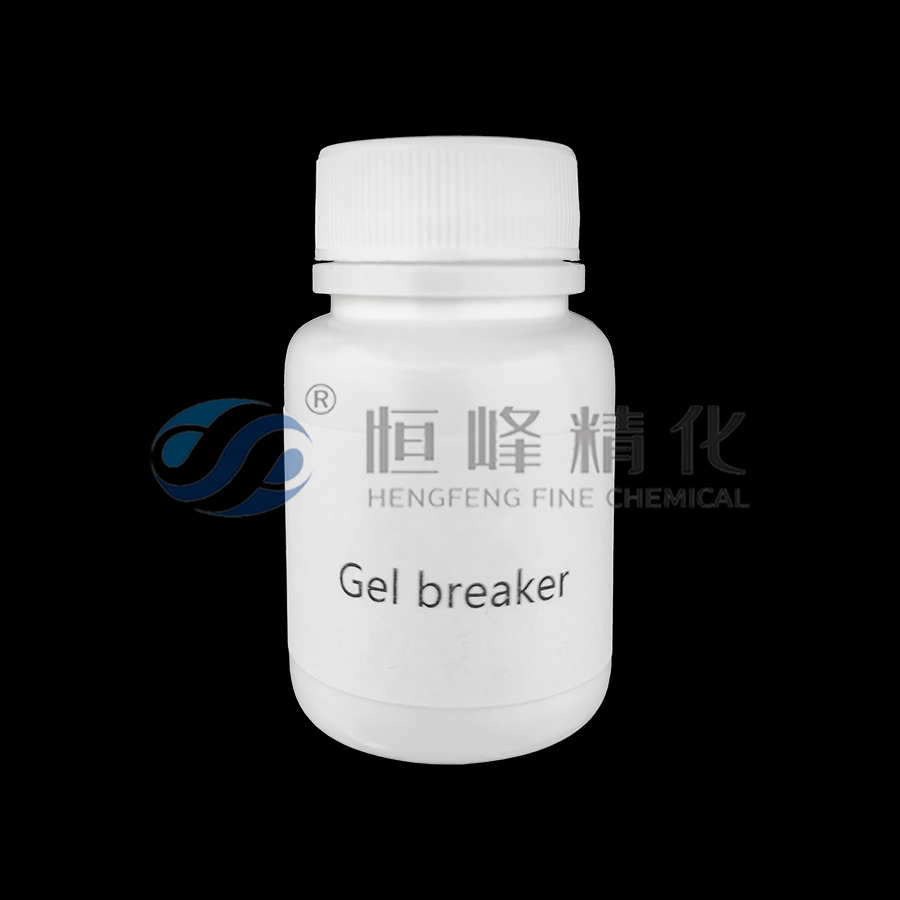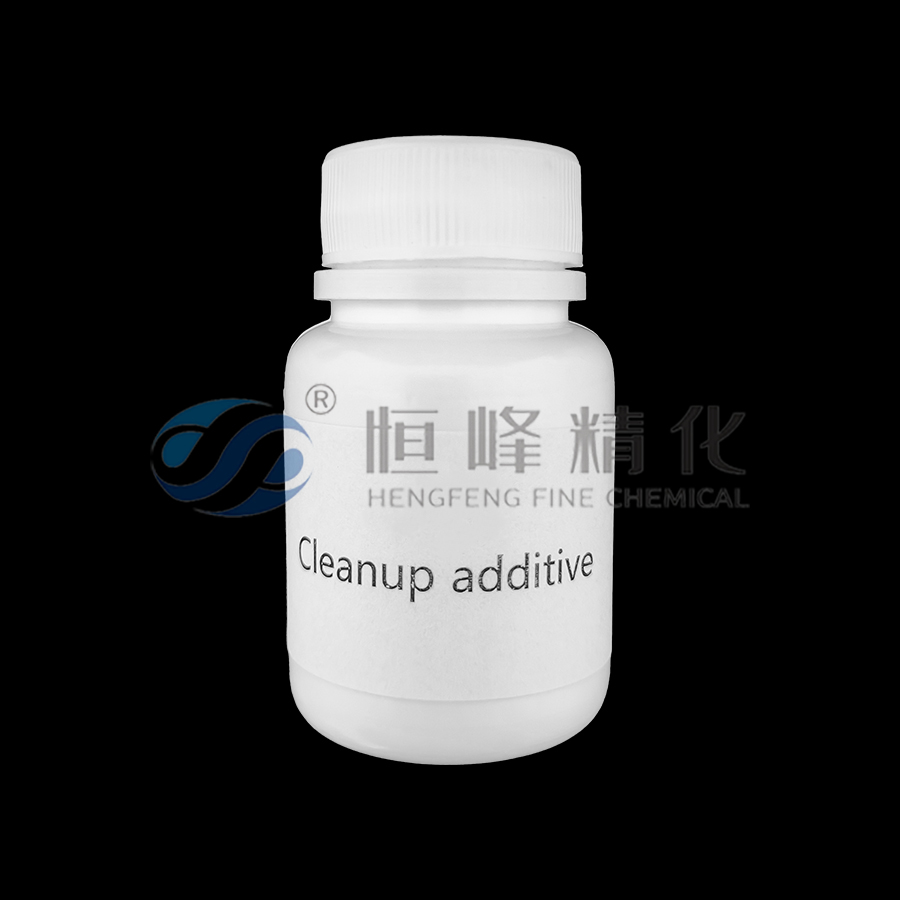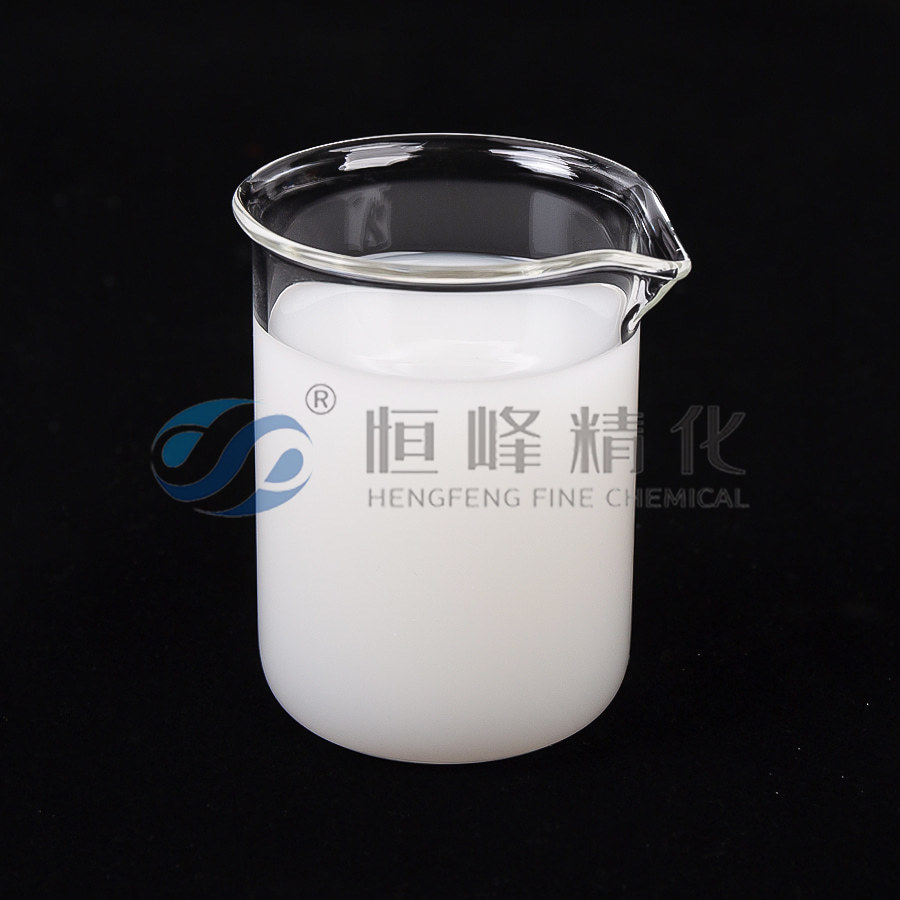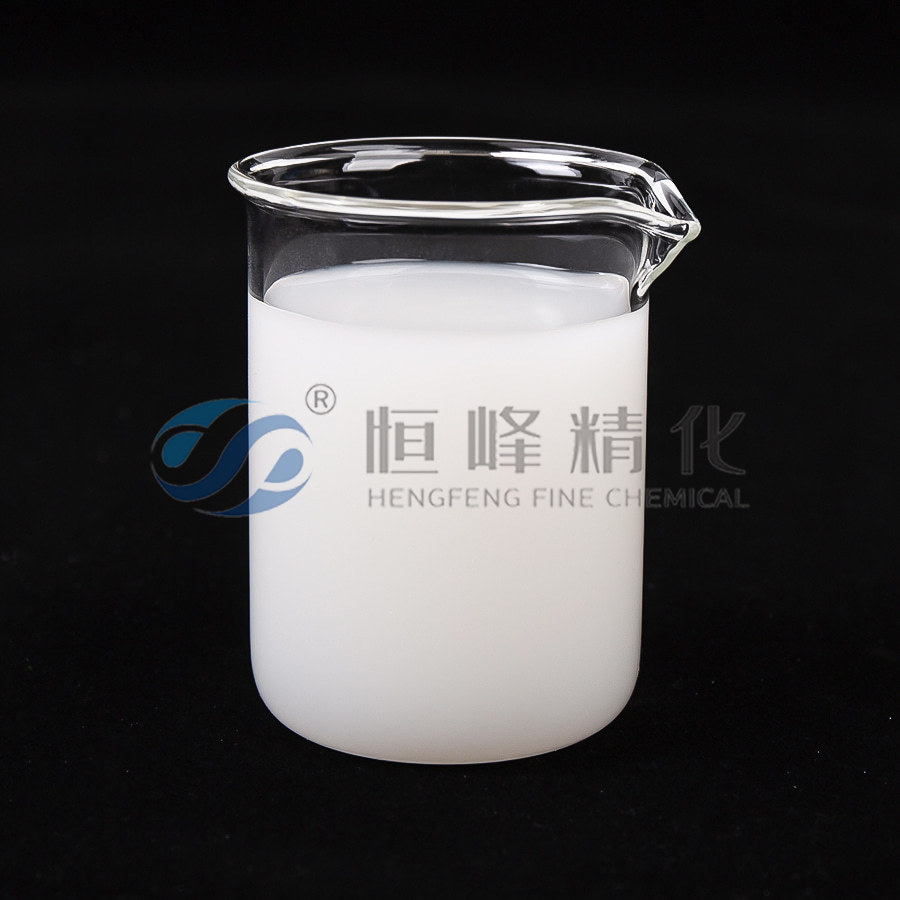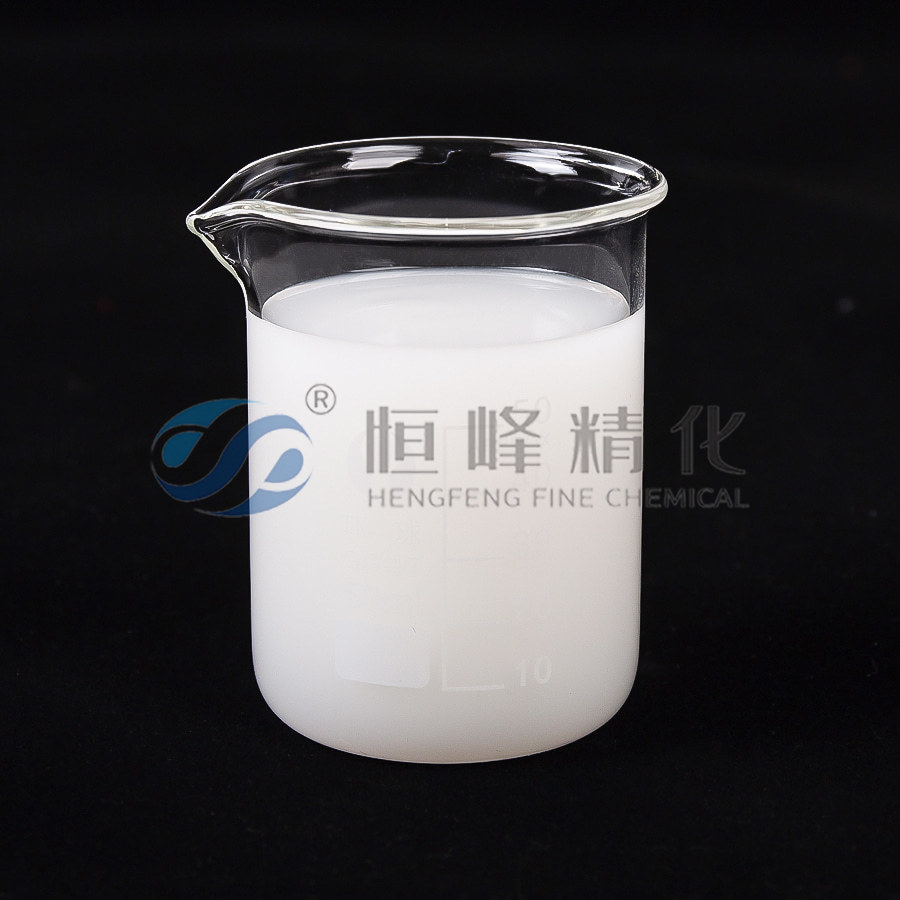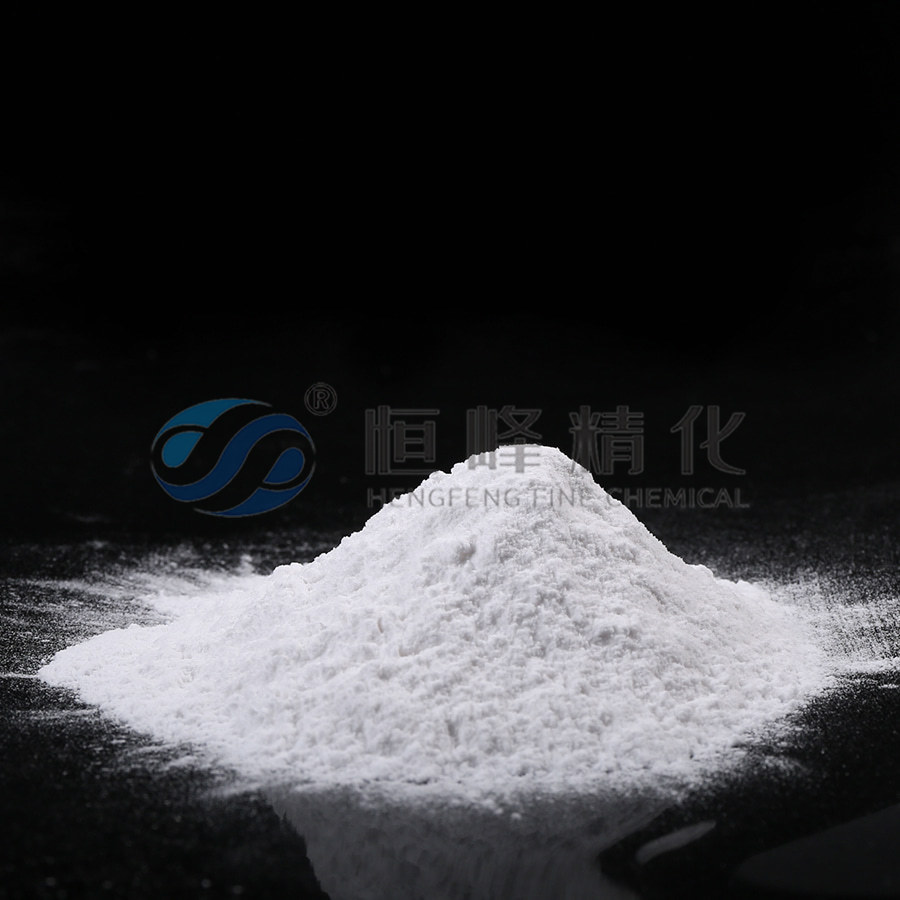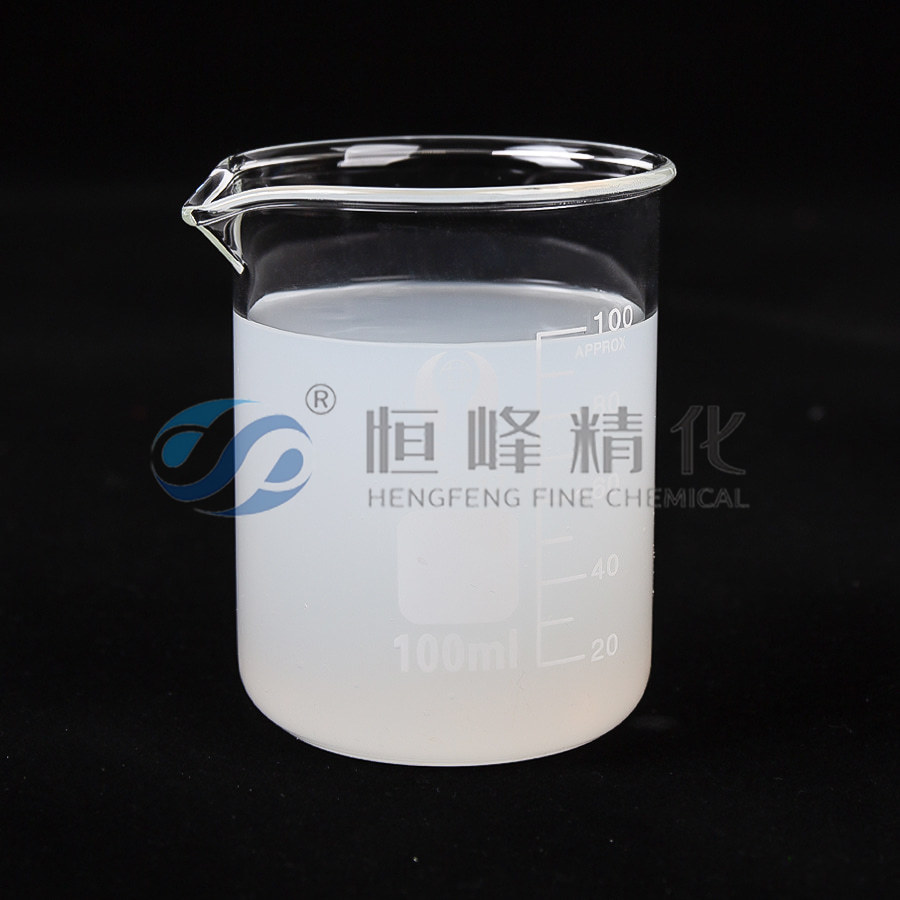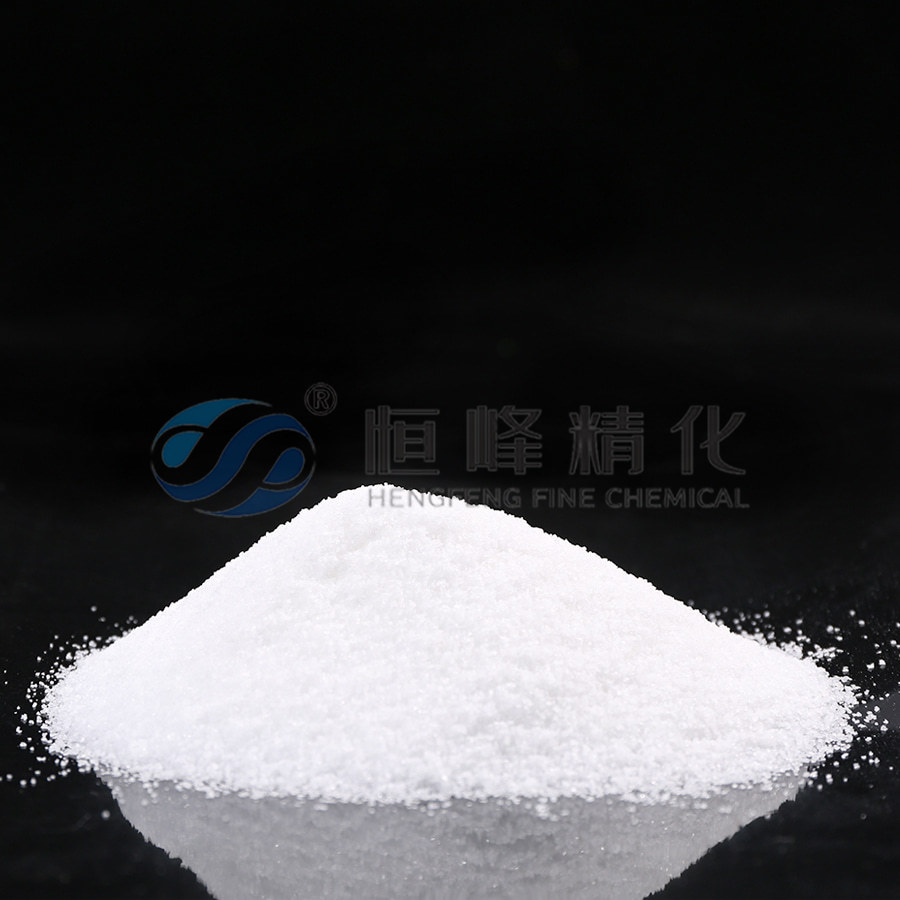Polyacrylamidefactory's Role in Hydraulic Fracturing
Fracturing Fluid Chemicals are a vital component in hydraulic fracturing, a technique that enables the extraction of oil and gas from deep underground formations. These chemicals, mixed into the fracturing fluid, make the extraction process more efficient while minimizing environmental impact. Understanding the importance of these chemicals is key to ensuring that hydraulic fracturing remains both effective and sustainable. In this article, we will focus on their role in biodegradability, well performance, and overall effectiveness.
Biodegradability of Fracturing Fluid Chemicals
The environmental impact of fracturing fluid chemicals is a significant concern. As hydraulic fracturing becomes more widespread, ensuring that the chemicals used in the process are biodegradable is crucial for mitigating long-term environmental damage. Biodegradable fracturing fluids break down naturally into harmless substances when spilled or disposed of improperly, reducing their impact on soil and water systems.
Non-biodegradable chemicals, however, can persist in the environment for extended periods, posing risks to ecosystems, particularly in areas where groundwater contamination is a concern. The shift toward more sustainable, biodegradable chemicals is therefore becoming a priority for the industry. This transition not only helps minimize environmental harm but also aligns with increasing regulatory pressure for cleaner operations in hydraulic fracturing.
Fracturing Fluid Chemistry and Its Effect on Well Performance
The chemistry of fracturing fluid chemicals plays a direct role in the success of hydraulic fracturing operations. The composition of the fluid determines how effectively it fractures the rock formations, facilitates oil and gas flow, and ensures that proppants (materials used to keep fractures open) remain in place.
A well-formulated fracturing fluid enhances the pressure exerted on the rock formations, aiding in the development of fractures. Additionally, it helps transport proppants to the desired locations in the formation, ensuring that fractures remain open for oil and gas to flow freely. The right chemical composition is also crucial in minimizing the risk of formation damage, which can occur if incompatible chemicals interact with the rock and alter its permeability.
Without the proper chemistry, hydraulic fracturing may not achieve its desired results. Excessive friction or viscosity can cause inefficient pumping, and poor proppant transport can head to uneven fracture development. Therefore, ongoing research into the chemical properties of fracturing fluids is essential for optimizing well performance and ensuring the sustainability of hydraulic fracturing operations.
Overall Importance of Fracturing Fluid Chemicals
The significance of fracturing fluid chemicals extends beyond their environmental and well performance effects. They are also central to the economic viability of hydraulic fracturing as a method of resource extraction. By optimizing the chemical composition of the fluids, operators can increase efficiency, reduce costs, and extend the lifespan of wells. These factors directly impact the profitability of oil and gas operations, particularly in regions where resource extraction is becoming more difficult.
In addition, innovations in fracturing fluid chemicals have contributed to advancements in fracturing techniques. New formulations allow for better control over fracture propagation, reduced water usage, and more precise targeting of resources. These developments help meet the growing demand for energy while minimizing the environmental footprint of extraction activities.
In conclusion, fracturing fluid chemicals are a critical component of hydraulic fracturing. They serve multiple functions, from improving environmental sustainability through biodegradability to enhancing well performance through optimized chemical compositions. As the industry continues to evolve, further innovations in fracturing fluid chemistry will play a crucial role in making hydraulic fracturing more efficient, cost-effective, and environmentally responsible.


 English
English Español
Español عربى
عربى Русский
Русский Tiếng Việt
Tiếng Việt




